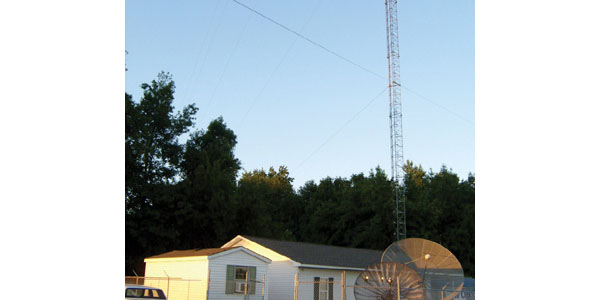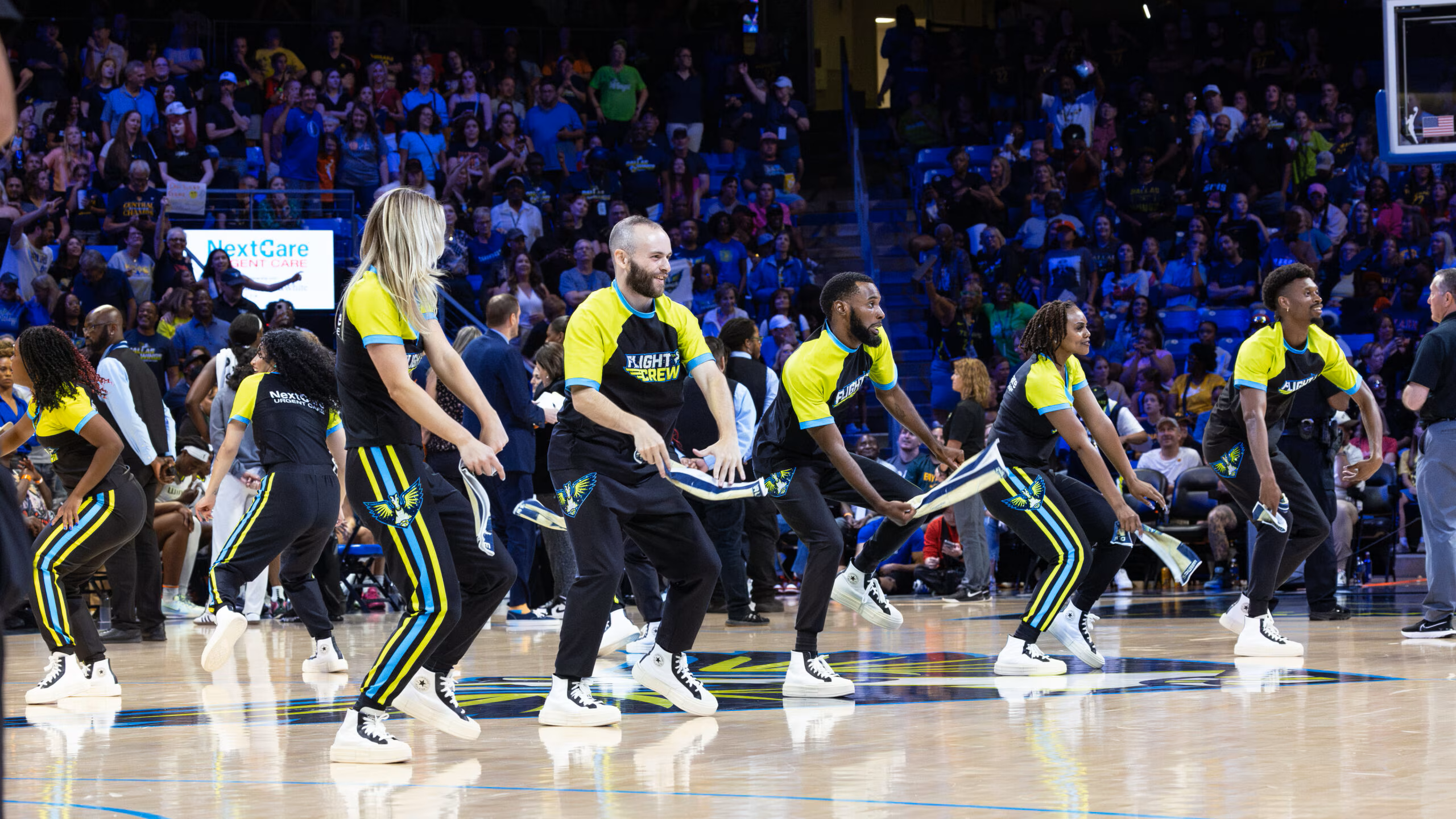Displaced LPTV Leftover Window Planned

WASHINGTON—Low-power TV stations and translator licensees displaced in the incentive auction will be able apply for leftover channels early next year, according to the timeframe described in a May 12 Public Notice from the Federal Communications Commission. LPTVs and translators were not allowed to participate in the auction and have to wait until full-power and Class A stations have settled on new channels before choosing from the leftovers.
“We anticipate the exact dates for the Special Displacement Window will be announced by public notice approximately seven to eight months after release of the Closing and Channel Reassignment Public Notice on April 13, 2017,” the May 12 PN states.
The timeframe accommodates the 90-day filing window for full-power and Class A licensees that ends in mid-July, plus two, 30-day true-up windows after that, pushing that process into mid-September. A public notice announcing the Special Displacement Window will come in November or December, “not less than 60 days” before it opens, pushing the application window into 2018.
The displacement public notice will include data identifying occupied channels based on TVStudy, the software now being used to repack the diminished, post-auction TV band. It will show the final locations of full-power and Class A stations, plus those LPTV and translators that were not displaced in the auction. LPTV and translator licensees that apply for a new channel will have to provide “technical showings” demonstrating allowable interference levels to surrounding stations and land-mobile operations. (See “Repack TVStudy v2.2 Targets LPTVs,” April 14, 2017.)
LPTVs and translators must be “operating” and “displaced” to be eligible to apply for a new channel during the 30-day window. A station is considered “operating” if it had its “authorized construction permit facilities” or an “application for a license to cover” on file with the commission as of April 13, 2017. It is considered “displaced” if another station is taking its current channel or it’s in the new 600 MHz wireless band comprising Chs. 38-51.
Displaced stations now transmitting on Chs. 38-51 will have to cease operations on those channels no later than July 13, 2020. Those on Ch. 2-36 will have to either dial back the interference or go dark when the new licensee fires up the transmitter full time.
Displacement applications will be treated as a “minor change,” and carry no filing fees.
Eligible digital stations can move their transmitter site no more than 48 kilometers from their existing community of license. Analogs can move their antenna location no more than 16.1 kilometers. (The LPTV digital transition deadline is now July 13, 2021.)
Applicants will be able to apply for open channels in the new TV band—Chs. 2-36—as well as those being relinquished by full-power and Class A stations.
LPTV and translators may be able to avoid moving by making “minor changes” in antenna height, power levels or location that bring them in compliance with interference rules. The commission urged LPTV and translators to “file such minor change applications as soon as possible.”
All displacement applications will be treated as if they were filed on the last day of the 30-day window rather than first come, first serve, so licensees applying for the same channel can resolve the situation during a settlement window to be announced in a separate public notice. Analog-to-digital and digital-to-digital replacement translators will have priority over LPTVs and translator stations where mutual exclusivity remains after the settlement window. If an A-to-D or a D-to-D remain mutually exclusive, or two more LPTV and translators, the commission’s competitive bidding rules will apply.
Displaced digital LPTVs and translators will have three yearsto construct new facilities. Displaced analog operations will be subject to the July 13, 2021 digital transition deadline. Construction extensions up to 180 days will be considered in individual circumstances until March 13, 2021. After that, extensions are subject to the commission’s tolling rule.
Displace stations that have to go dark for more than 30 days before completing new facilities may file a request for silent authority. Stations that go dark for more than 10 days must notify the commission no later than the 10th day of suspended operations. Stations that go dark for any consecutive 12-month period will have their licenses suspended, unless and until it is extended through administrative or judicial appeal.
LPTV and translator licensees that do not qualify for the Special Displacement Window or don’t apply will have to wait until the commission lifts its freeze on digital companion channel and customary displacement applications, which the Media Bureau will do in a future public notice.
Get the TV Tech Newsletter
The professional video industry's #1 source for news, trends and product and tech information. Sign up below.
